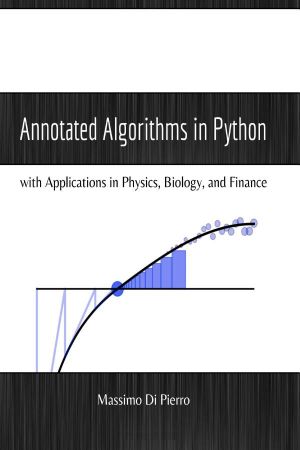Annotated Algorithms in Python
With applications in Physics, Biology, and Finance
by Massimo Di Pierro
DescriptionTable of ContentsDetailsHashtagsReport an issue
The algorithms you will learn can be applied to different disciplines. Throughout history, it is not uncommon that an algorithm invented by a physicist would find application in, for example, biology or finance. 






Book Description
This book is assembled from lectures given by the author over a period of 10 years at the School of Computing of DePaul University. The lectures cover multiple classes, including Analysis and Design of Algorithms, Scientific Computing, Monte Carlo Simulations, and Parallel Algorithms. These lectures teach the core knowledge required by any scientist interested in numerical algorithms and by students interested in computational finance.The algorithms you will learn can be applied to different disciplines. Throughout history, it is not uncommon that an algorithm invented by a physicist would find application in, for example, biology or finance.
This open book is licensed under a Creative Commons License (CC BY-NC-ND). You can download Annotated Algorithms in Python ebook for free in PDF format (4.6 MB).
Table of Contents
Chapter 1
Introduction
Main Ideas
About Python
Book Structure
Book Software
Chapter 2
Overview of the Python Language
About Python
Types of variables
Python control flow statements
Classes
File input/output
How to import modules
Chapter 3
Theory of Algorithms
Order of growth of algorithms
Recurrence relations
Types of algorithms
Timing algorithms
Data structures
Tree algorithms
Graph algorithms
Greedy algorithms
Artificial intelligence and machine learning
Long and infinite loops
Chapter 4
Numerical Algorithms
Well-posed and stable problems
Approximations and error analysis
Standard strategies
Linear algebra
Sparse matrix inversion
Solvers for nonlinear equations
Optimization in one dimension
Functions of many variables
Nonlinear fitting
Integration
Fourier transforms
Differential equations
Chapter 5
Probability and Statistics
Probability
Combinatorics and discrete random variables
Chapter 6
Random Numbers and Distributions
Randomness, determinism, chaos and order
Real randomness
Entropy generators
Pseudo-randomness
Parallel generators and independent sequences
Generating random numbers from a given distribution
Probability distributions for continuous random variables
Resampling
Binning
Chapter 7
Monte Carlo Simulations
Introduction
Error analysis and the bootstrap method
A general purpose Monte Carlo engine
Monte Carlo integration
Stochastic, Markov, Wiener, and processes
Option pricing
Markov chain Monte Carlo (MCMC) and Metropolis
Simulated annealing
Chapter 8
Parallel Algorithms
Parallel architectures
Parallel metrics
Message passing
mpi4py
Master-Worker and Map-Reduce
pyOpenCL
Appendix A
Math Review and Notation
Book Details
Title
Annotated Algorithms in Python
Subject
Computer Science
Publisher
Experts4Solutions
Published
2017
Pages
388
Edition
2
Language
English
ISBN13 Digital
9780991160402
ISBN10 Digital
0991160401
PDF Size
4.6 MB
License

Related Books
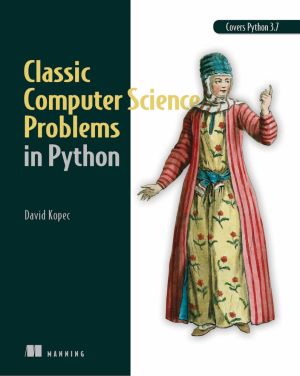
Classic Computer Science Problems in Python deepens your knowledge of problem solving techniques from the realm of computer science by challenging you with time-tested scenarios, exercises, and algorithms. As you work through examples in search, clustering, graphs, and more, you'll remember important things you've forgotten and discover c...
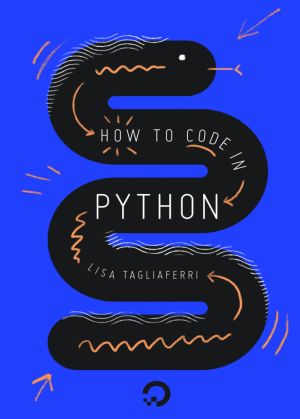
Extremely versatile and popular among developers, Python is a good general-purpose language that can be used in a variety of applications. For those with an understanding of English, Python is a very humanreadable programming language, allowing for quick comprehension. Because Python supports multiple styles including scripting and object-oriented ...

Invent Your Own Computer Games with Python teaches you how to program in the Python language. Each chapter gives you the complete source code for a new game, and then teaches the programming concepts from the examples. Games include Guess the Number, Hangman, Tic Tac Toe, and Reversi. This book also has an introduction to making games with 2D graph...
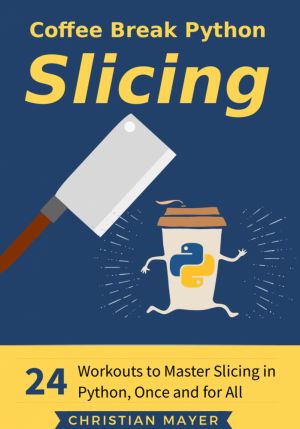
Puzzle-based learning is an active learning technique. With code puzzles, you will learn faster, smarter, and better.
Coffee Break Python Slicing is all about growing your Python expertise - one coffee at a time. The focus lies on the important slicing technique to access consecutive data ranges. Understanding slicing thoroughly is crucial for y...
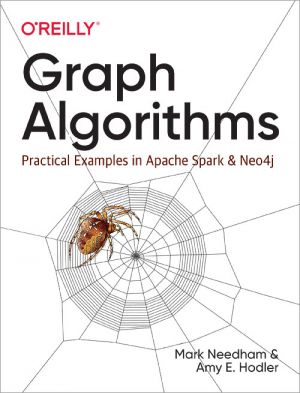
Learn how graph algorithms can help you leverage relationships within your data to develop intelligent solutions and enhance your machine learning models. With this practical guide, developers and data scientists will discover how graph analytics deliver value, whether they're used for building dynamic network models or forecasting real-world ...
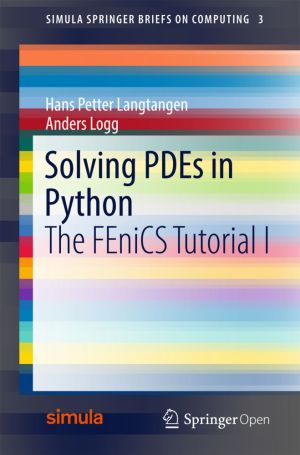
This book offers a concise and gentle introduction to finite element programming in Python based on the popular FEniCS software library. Using a series of examples, including the Poisson equation, the equations of linear elasticity, the incompressible Navier - Stokes equations, and systems of nonlinear advection - diffusion - reaction equations, it...

